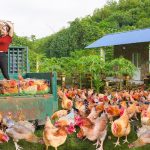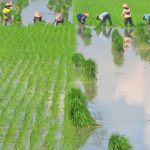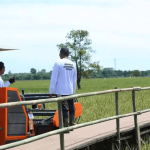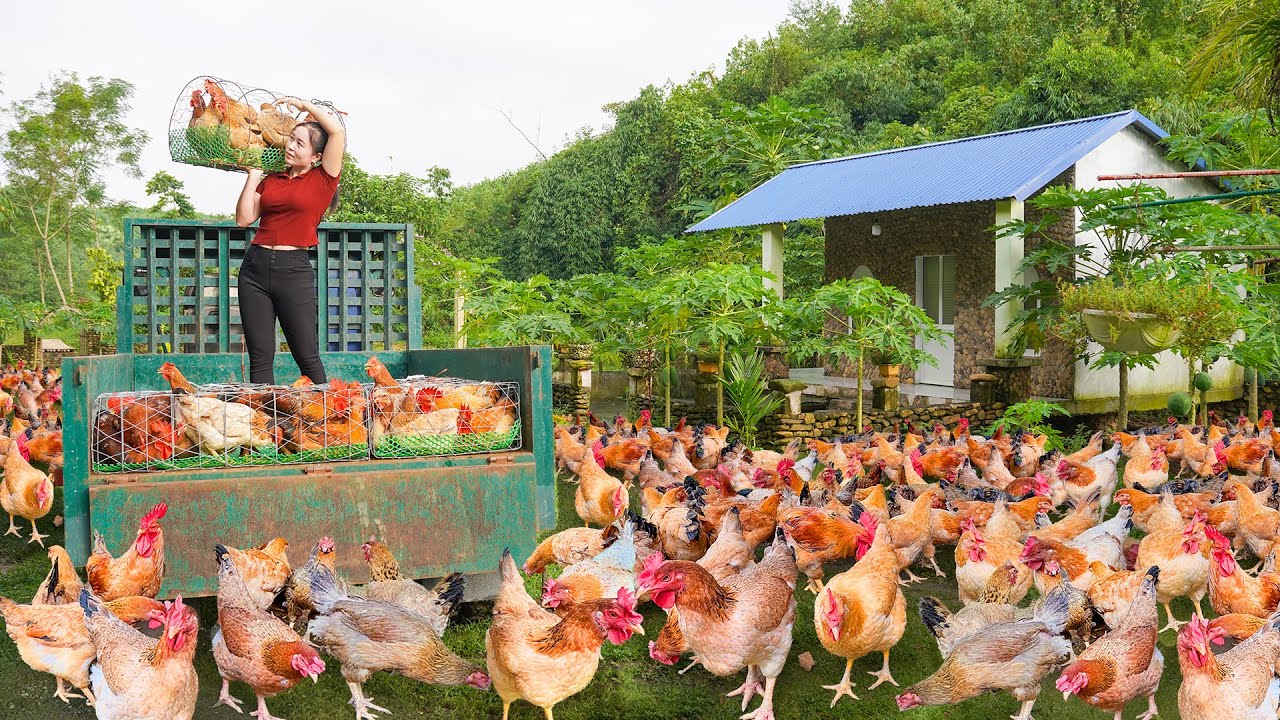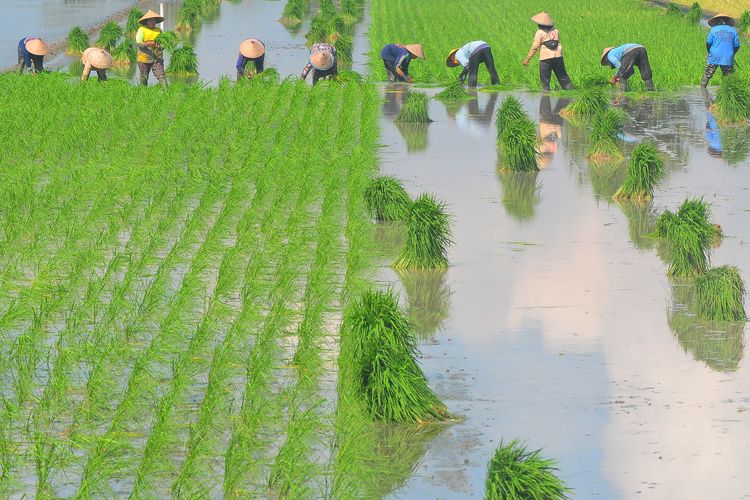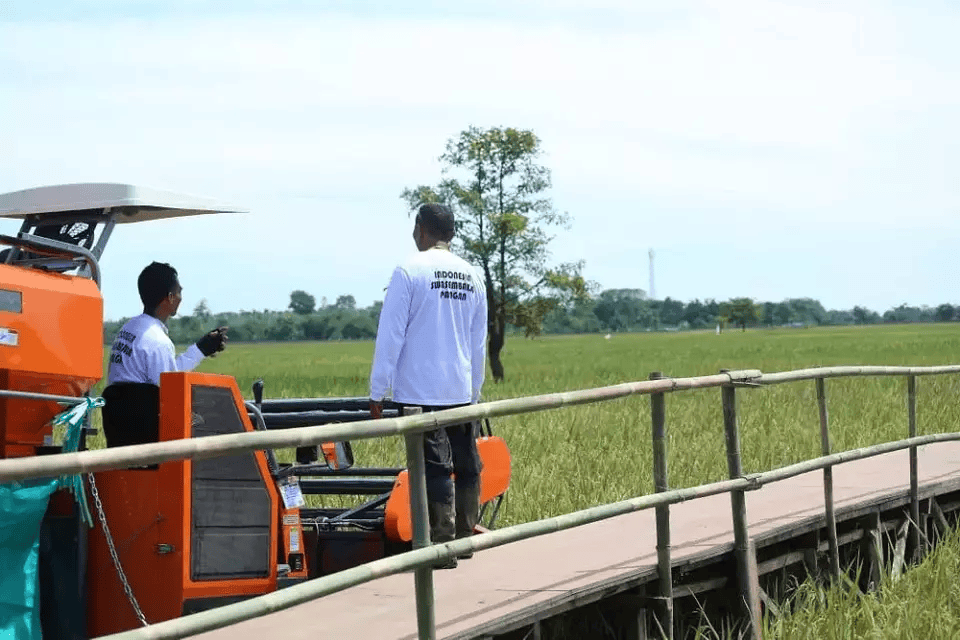The Impact of Agricultural Biodiversity on Food Security
Conceptual Framework and Imperative
Agricultural biodiversity—encompassing crop varietals, landrace strains, wild relatives, soil microbes, pollinators, and farm fauna—constitutes the bedrock of resilient food systems. As climatic perturbations and demographic pressures intensify, safeguarding and enhancing this biodiversity is paramount to ensure nutritive sufficiency, buffer against yield shocks, and sustain ecosystem services.
Defining Agrodiversity
Agrodiversity spans genetic diversity within species (intraspecific), species diversity within agroecosystems (interspecific), and ecosystem diversity across landscapes. This multilayered heterogeneity confers functional redundancy: if one cultivar succumbs to a novel pathogen, another may persist, assuring harvest continuity.
Mechanisms Linking Biodiversity to Food Security
Genetic Reservoirs and Disease Resistance
Landraces—locally adapted cultivars maintained by farmers for centuries—harbor alleles conferring tolerance to abiotic stressors (drought, salinity) and biotic adversaries (pests, pathogens). Incorporating these alleles via participatory breeding enhances elite varieties’ resilience, reducing dependency on external inputs.
Ecosystem Services and Pollination
Polyfloral plantings and hedgerows support pollinator guilds (bees, butterflies, hoverflies). Improved pollination translates into higher fruit set, increased seed yield, and superior quality. In coffee agroforests, for example, shade trees attract avian predators that suppress coffee berry borer, indirectly bolstering yields.
Soil Biome Diversity and Nutrient Cycling
A kaleidoscope of soil organisms—earthworms, mycorrhizal fungi, nitrifying bacteria—drives decomposition and nutrient mineralization. Diverse cover crop mixtures amplify microbial heterogeneity, accelerating nitrogen fixation and phosphorus mobilization, thereby reducing fertilizer dependence and enhancing grain protein content.
Case Studies Demonstrating Impact
Milpa Systems in Mesoamerica
Intercropping maize, beans, and squash in the traditional milpa exemplifies synergistic complementarity. Beans fix atmospheric nitrogen, maize provides structural support, and squash suppresses weeds with sprawling leaves. This triad secures year-round harvests, delivers balanced macronutrients, and maintains soil fertility without synthetic amendments.
Rice-Fish-Duck Polycultures in Southeast Asia
Integrating aquatic rice paddies with fish and free-ranging ducks harnesses trophic interactions. Ducks forage on weeds and insect larvae, fish consume mosquito larvae, and their excreta fertilize rice. Such biodiverse systems yield rice, protein-rich fish, and eggs while curtailing pesticide use and mosquito-borne diseases.
Strategies to Enhance Agricultural Biodiversity
On-Farm Conservation of Landraces
Documenting, characterizing, and regenerating traditional cultivars through seed banks and participatory varietal selection preserves genetic variation. Farmer field schools empower custodians to evaluate performance under local microclimates and choose preferred traits—flavor, grain texture, drought tolerance.
Multistrata Agroforestry Design
Layered plantings—comprising canopy trees, understory fruiting shrubs, perennial herbs, and annual intercrops—mimic native forest structure. Such designs sequester carbon, modulate microclimate, and diversify harvestable products (timber, fruit, spices, vegetables), thereby diversifying income and diet.
Landscape-Level Connectivity
Maintaining ecological corridors—riparian buffers, hedgerows, grassland strips—facilitates wildlife movement, gene flow among pollinator populations, and pest predator dispersal. Regional planning that integrates natural and agricultural lands reduces habitat fragmentation and fortifies meta-population stability.
Tips and Tricks for Expert Practitioners
Tip 1 Implement Dynamic Variety Mixtures
Sow mixtures of genetically distinct seed lines in a single plot. This “field varietal mosaic” impedes pathogen spread through spatial heterogeneity and dilutes pest pressure, enhancing overall yield stability.
Tip 2 Employ Successional Cropping Calendars
Sequence crops to exploit complementary nutrient demands and root architectures. For instance, follow a deep-rooted mustard cover crop (biofumigant effect) with shallow-rooted pulses to maximize soil exploitation and curb nematode populations.
Tip 3 Harness Indigenous Knowledge
Engage elder farmers in narrative mapping of traditional cropping patterns and ritual planting calendars. Their mnemonic devices—linked to lunar cycles, bird migrations, and phenological cues—offer time-tested insights for synchronizing sowing with environmental rhythms.
Tip 4 Leverage Participatory Citizen Science
Deploy smartphone apps enabling farmers to geo-tag pest outbreaks, flowering phenophases, and pollinator sightings. Aggregated data visualizations reveal biotic hotspots and inform adaptive management across cooperatives.
Tip 5 Integrate Perennial Grains and Oilseeds
Introduce emerging perennial cereals (e.g., Kernza®) or oilseed shrubs (e.g., field cress) into rotations. Their extended root systems enhance carbon accrual, stabilize soils, and furnish novel revenue streams without sacrificing annual crop area.
Monitoring and Adaptive Management
Biodiversity Indices and Indicators
Adopt Shannon–Wiener or Simpson’s diversity indices to quantify species evenness and richness within plots. Regular assessments guide interventions: if index values decline below thresholds, reintroduce missing functional groups (e.g., nectar plants for parasitoids).
Participatory Monitoring Protocols
Train local stewards to conduct biannual transect walks recording indicator species—ground beetles, honeybee foragers, nematode functional groups. Community workshops convene to interpret trends and co-design remedial actions.
Policy and Institutional Enablers
Seed Sovereignty Legislation
Governments can promulgate policies safeguarding farmers’ rights to save, exchange, and sell heirloom seeds. Legal frameworks that recognize community seed banks as custodial entities help preserve agro-biodiversity heritage.
Incentive Mechanisms and Ecosystem Payments
Payment for ecosystem services (PES) schemes remunerate practitioners for maintaining on-farm biodiversity features—woodlots, hedgerows, pond networks—that provide watershed protection and pollination benefits to neighboring farms.
Research Collaboratives and Knowledge Platforms
Public–private partnerships supporting open-access databases of genotype–environment interactions accelerate breeding of locally adapted cultivars. Digital platforms facilitate germplasm exchange under equitable benefit-sharing arrangements.
Future Prospects and Research Frontiers
Genomic-Assisted Breeding
CRISPR/Cas9 and genomic selection techniques expedite incorporation of resilience traits from wild relatives into high-yielding varieties. Ethical deployment ensures on-farm diversity is not supplanted but enriched by biotechnological advances.
Microbiome Engineering
Custom consortia of rhizosphere microbes—engineered to solubilize phosphorus or produce plant growth hormones—can be co-applied with seed coatings. Tailoring microbiomes to specific cultivars enhances nutrient uptake and stress tolerance.
Climate-Adaptive Diversification Models
Machine learning algorithms integrating climate projections, soil maps, and socio-economic data can recommend optimal crop portfolios under future scenarios—balancing caloric yield, nutritional value, and ecological footprint.
Conclusion and Actionable Roadmap
Agricultural biodiversity is not a luxury but a linchpin of food security in an era of accelerating change. Key takeaways for expert stakeholders:
-
Preserve and deploy landrace alleles through participatory breeding and seed sovereignty frameworks
-
Design multi-strata agroecosystems to maximize ecosystem services, diversify yields, and buffer against perturbations
-
Implement dynamic variety mixtures and successional cropping calendars to thwart pests and optimize nutrient cycling
-
Establish participatory monitoring systems using both quantitative indices and citizen science to inform adaptive management
-
Advocate policy instruments—PES, supportive seed legislation, research consortia—that institutionalize biodiversity stewardship
By weaving these stratagems into mainstream agronomy, practitioners can safeguard dietary diversity, stabilize yields, and build resilient rural livelihoods—ensuring that both plate and planet thrive for generations to come.
